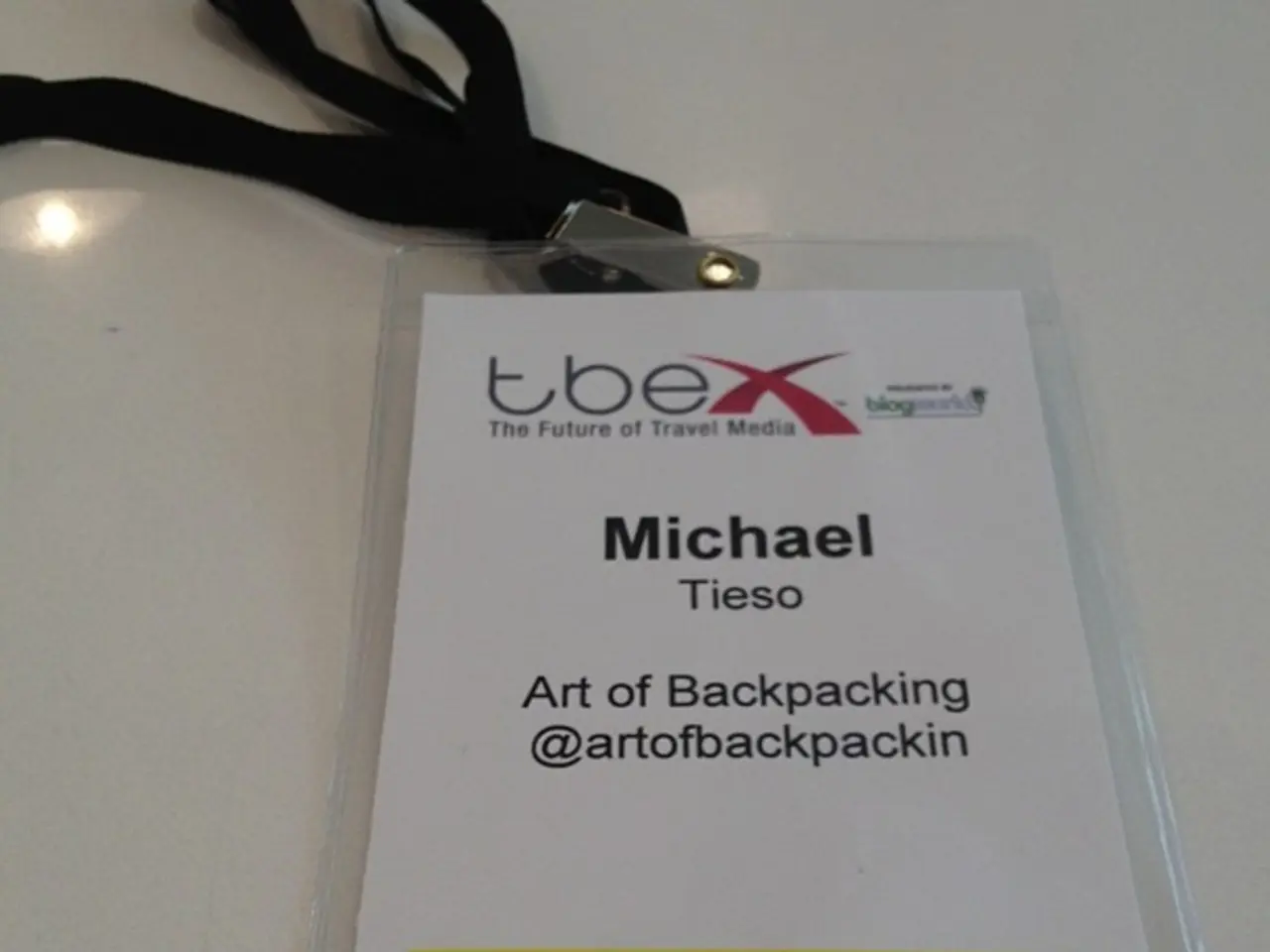Sandisk and SK Hynix collaborate to establish standards for High Bandwidth Flash memory, an alternative to HBM for AI GPUs. This joint venture may potentially offer 8 to 16 times greater capacity compared to DRAM.
The technology landscape of artificial intelligence (AI) is set to change with the latest advancement in AI memory infrastructure. Sandisk and SK hynix have joined forces to develop and standardize High Bandwidth Flash (HBF), a NAND flash-based memory technology that promises to bridge the gap between the high capacity of NAND flash and the ultra-high bandwidth of High Bandwidth Memory (HBM).
The objective of this collaboration is to standardize the HBF specification, define technology requirements, and foster a technology ecosystem around HBF for next-generation AI systems. HBF integrates NAND flash memory in a stacked package similar to HBM, using technologies like Sandisk’s BiCS and proprietary wafer bonding. This hybrid approach delivers near-HBM bandwidth while greatly increasing capacity due to NAND flash’s non-volatility.
HBF offers several benefits. It provides up to 8–16 times the capacity of DRAM-based HBM, maintains similar bandwidth levels to HBM, and reduces power consumption due to NAND flash’s non-volatility. This makes it particularly suited for accelerating AI inference workloads that demand both high memory bandwidth and large capacity.
Planned first samples of HBF memory devices are expected in the second half of 2026, with AI inference devices incorporating HBF anticipated by early 2027. This collaboration represents a significant innovation in AI memory infrastructure, creating a new class of memory technology that could support large model inference without incurring the thermal and cost overheads of traditional HBM stacks.
Sandisk and SK hynix's collaboration could potentially benefit hyperscalers, who are looking for a much-needed alternative to escalating HBM costs. SK hynix's close relationship with Nvidia and other AI chipmakers could potentially accelerate the adoption of HBF once standards are in place.
Raja Koduri, Intel's former graphics chief, has joined hands with Sandisk to advise on HBF for AI GPUs. Sandisk has also formed a Technical Advisory Board to guide HBF’s development and ecosystem strategy, with the intent to establish HBF as a cross-industry standard, not just a proprietary product. If successful, this collaboration could pave the way for heterogeneous memory stacks where DRAM, flash, and potentially new persistent memory types coexist within AI accelerators.
References:
[1] Sandisk and SK hynix announce collaboration on High Bandwidth Flash (HBF) technology for AI systems. (2025, August 10). Retrieved from https://www.sandisk.com/about/news/press-releases/2025/sandisk-and-sk-hynix-announce-collaboration-on-high-bandwidth-flash-hbf-technology-for-ai-systems
[2] HBF: The next generation of memory for AI systems. (2025, October 15). Retrieved from https://www.skhynix.com/en/news/press-releases/hbf-the-next-generation-of-memory-for-ai-systems
[3] HBF: A game-changer for AI memory infrastructure. (2026, February 15). Retrieved from https://www.anandtech.com/show/18045/hbf-a-game-changer-for-ai-memory-infrastructure
[4] The future of AI memory: High Bandwidth Flash (HBF) technology. (2026, July 15). Retrieved from https://www.tomshardware.com/news/hbf-the-future-of-ai-memory,63641.html
[5] Sandisk and SK hynix sign MoU for High Bandwidth Flash (HBF) technology development. (2025, September 10). Retrieved from https://www.digitimes.com/news/a20250910PD201.html
Data-and-cloud-computing technologies stand to gain significantly from the advancement of High Bandwidth Flash (HBF), a new memory technology jointly developed by Sandisk and SK hynix for next-generation AI systems. This technology, which integrates NAND flash memory in a stacked package similar to High Bandwidth Memory (HBM), offers up to 8–16 times the capacity of DRAM-based HBM, maintains similar bandwidth levels to HBM, and reduces power consumption due to NAND flash’s non-volatility, making it particularly suited for hyperscalers looking for a cost-effective alternative to escalating HBM costs.
With the collaboration between Sandisk and SK hynix aiming to establish HBF as a cross-industry standard, there is potential for this innovation in AI memory infrastructure to create a new class of memory technology that could pave the way for heterogeneous memory stacks where DRAM, flash, and potentially new persistent memory types coexist within AI accelerators.



